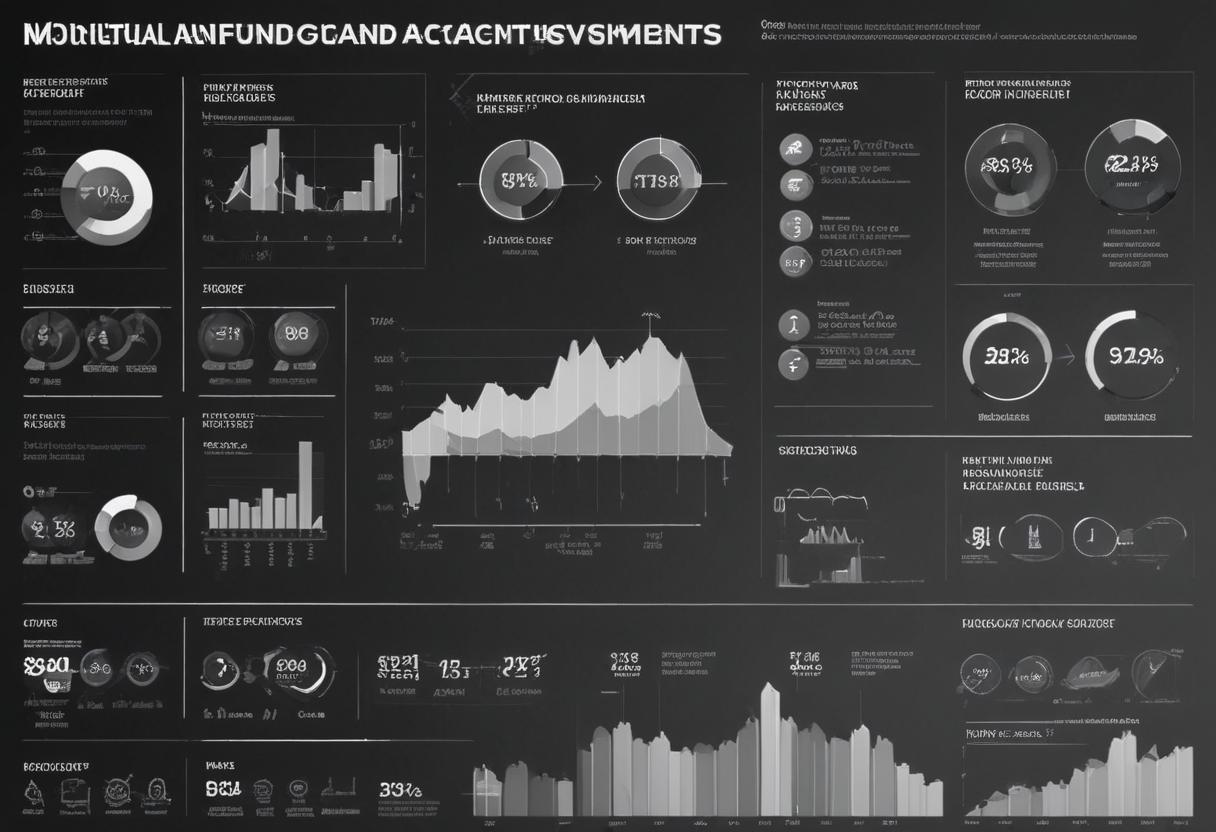Investing in a well-diversified portfolio is a cornerstone of sound financial planning. However, maintaining that diversification over time requires periodic rebalancing. Rebalancing involves adjusting the weights of assets in your portfolio to maintain your desired level of risk and return. This guide will explore the importance of rebalancing, when to do it, and the various methods you can use.
Understanding the Sharpe Ratio in Portfolio Management
Why Rebalance Your Portfolio?
1. Maintaining Desired Asset Allocation : Over time, the performance of different assets varies, causing your portfolio to drift from its original allocation. Rebalancing ensures that your portfolio remains aligned with your risk tolerance and investment goals.
2. Managing Risk : As certain assets outperform, they may represent a larger portion of your portfolio, increasing your exposure to specific risks. Rebalancing helps mitigate these risks by selling overperforming assets and buying underperforming ones.
3. Enhancing Returns : Rebalancing can help capture gains from outperforming assets and invest them in undervalued ones, potentially leading to better long-term returns.
4. Psychological Benefits : Regular rebalancing can instill discipline in your investment strategy, reducing the temptation to chase recent performance or panic during market downturns.
The Importance of Diversifying Across Asset Classes
When to Rebalance Your Portfolio
There is no one-size-fits-all answer to when you should rebalance your portfolio. However, common strategies include:
1. Periodic Rebalancing:
– Annually: Rebalancing once a year is simple and aligns with many tax planning activities.
– Semi-Annually or Quarterly : More frequent rebalancing can be beneficial in volatile markets, ensuring your portfolio remains closer to its target allocation.
2. Threshold Rebalancing :
– This approach involves rebalancing whenever an asset class deviates from its target allocation by a certain percentage, typically 5% or 10%. For example, if your target allocation for equities is 60% and it grows to 66%, you would rebalance.
3. Combination Approach :
– Combining periodic and threshold rebalancing can offer a balanced approach. For example, you might check your portfolio quarterly and rebalance if any asset class deviates by more than 5%.
The Role of Inflation-Protected Securities in a Portfolio
How to Rebalance Your Portfolio
1. Review Current Allocation :
– Start by reviewing your current portfolio allocation. Compare it to your target allocation to identify which assets are overweight or underweight.
2. Determine Rebalancing Needs :
– Calculate how much you need to buy or sell to bring each asset class back to its target weight.
3. Execute the Rebalance :
– Selling and Buying : Sell overweight assets and buy underweight ones. This can incur transaction costs and potential tax implications.
– Adding New Funds : Instead of selling assets, you can add new funds to the underweight asset classes. This approach is tax-efficient but requires additional capital.
– Using Dividends and Interest : Direct dividends and interest payments to purchase underweight assets.
4. Consider Tax Implications:
– Rebalancing can trigger capital gains taxes in taxable accounts. Consider using tax-advantaged accounts like IRAs for rebalancing or realizing losses to offset gains.
5. Rebalance Strategically :
– Tax-Loss Harvesting : Sell losing investments to offset gains from selling winning investments.
– Dollar-Cost Averaging : Spread out your rebalancing transactions over time to avoid the risk of market timing.
Investing in Emerging Markets: Opportunities and Challenges
Tools for Rebalancing
1. Robo-Advisors :
– Many robo-advisors automatically rebalance your portfolio based on your risk profile and investment goals.
2. Financial Advisors:
– A financial advisor can provide personalized rebalancing strategies considering your overall financial plan.
3. Investment Platforms :
– Many brokerage platforms offer tools and alerts to help you monitor and rebalance your portfolio.
How to Use Sector ETFs in Your Portfolio
Rebalancing is a crucial aspect of maintaining a diversified and risk-appropriate investment portfolio. While the frequency and method of rebalancing depend on individual preferences and market conditions, the key is to remain disciplined and consistent. By regularly rebalancing, you can ensure that your portfolio remains aligned with your long-term financial goals, manage risk effectively, and potentially enhance your investment returns.







